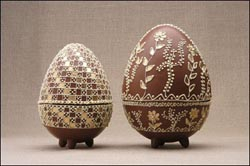Amma Chocolates
An interview with Diego Badaro about organic farming and his award-winning Brazilian chocolates

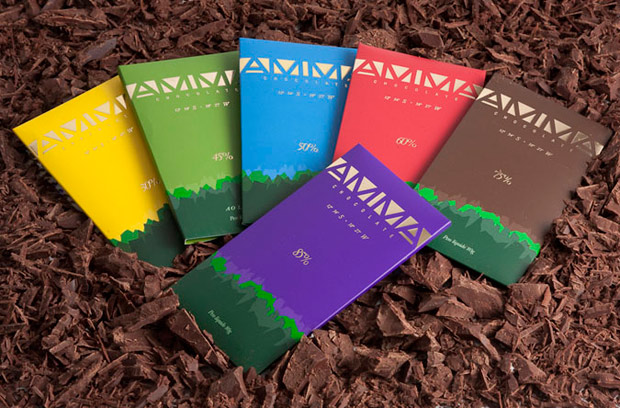
Although Brazil is one of the world’s top producers of cacao, Brazilian chocolate, on the other hand, has received very little attention. The common, everyday chocolate found on market shelves in Brazil is formulated with a higher fat content to add flavor and has less cacao compared to chocolate found in the U.S. and Europe. To put it frankly, even the most desperate chocolate connoisseur wouldn’t get near the stuff.
With domestic brands like the award-winning Amma Chocolates found in metropolises around the country, Brazilian chocolate is having its turn in the limelight. We talked to owner Diego Badaro (who has an American partner, Frederick Schilling) about his creamy, organic chocolate, which is made with cacao from his farms in Bahia, which is already infused with exotic fruits like sapoti or floral notes. A fifth generation cacao farmer, Badaro introduced organic farming techniques to his trade and is help changing the industry, as well as local tastes.
How did you decide which flavors to add to each of the chocolate varieties?
The cacao trees are planted in the shadow of the Atlantic rainforest. In each area, there’s an emphasis on maximizing fruits and plants grown there, through the process of pollination. For example, the jupará is a monkey that eats cacao and throws the pits around the forest. This monkey is a big proponent of cacao, just like the birds. In accordance with each species, specific flowers are pollinated and widespread throughout the areas, so there’s a combination of new elements. Man also influences things. Various trees of diverse fruits are planted together with cacao. In the end, when it’s time to taste the chocolate, an educated palate can recognize the complexity.
Does organic farming make your cocoa beans more susceptible to disease?
It’s the opposite, really. Organic cocoa trees are the most resistant against diseases. Compare it with a person who takes too much antibiotics. His body loses its immunity and antibiotics will no longer have any effect on the body after continuous use. With land, it’s the same thing.
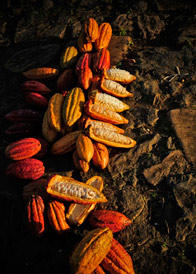
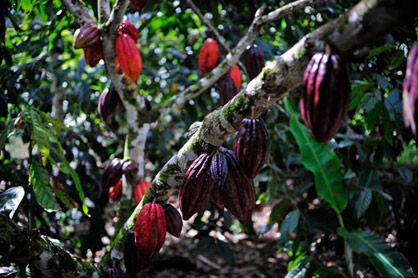
What are the challenges you faced in maintaining everything organic?
In the beginning, the resistance of the old farmers, resistant to accept that our methods gave results. I’m talking about the workers at the farms. But soon, they saw that the fruits were healthier. Today, the farmers believe in organic management and use our methods. There’s an evident rebirth in the region, through the organic culture.
What benefits do your workers receive?
On the farms, workers are our partners, so we share the profits of our sales. In the factory, we have 20 workers. There, as well, we want everyone to take part in the profits.
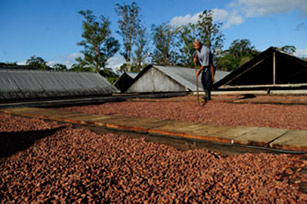
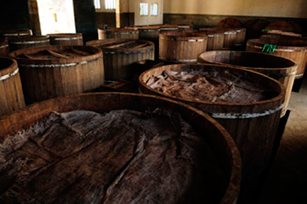
Why the sudden push now in Brazil for better quality chocolate?
Premium chocolate, or terroir, appeared in the last nine, 10 years. With Amma, things began to change when we started planting organic cocoa, also during that same time. The Brazilian rainforest has the biggest biodiversity per square meter on the planet. And our cocoa is planted in its shade. We have in the composition of our fruits, the essence of the richest elements on Earth!
What’s your production rate?
We expect to export about 50 tons this year. Our U.S. buyers and distributors in Korea, Australia and Japan are starting to invest in this new product—premium chocolate with terroir. We have been in the Brazilian market for a year. We already are distributed across 60 outlets and we want to be in all 50 states this year.
